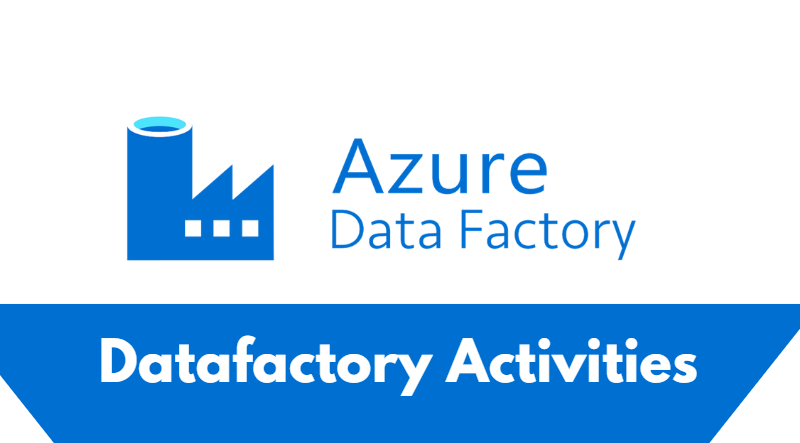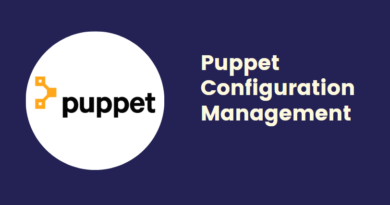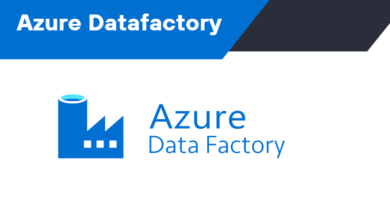Powering Data Pipelines: Exploring the Key Activities in Azure Data Factory
Azure Data Factory provides a variety of activities that can be used to create data pipelines for data movement and transformation. Some of the key activities in Data Factory include:
1. Copy Activity: This activity is used to copy data from a source to a destination. It supports various sources and destinations such as Azure Blob Storage, Azure Data Lake Storage, Azure SQL Database, Amazon S3, and more.
2. Execute SSIS Package Activity: This activity is used to execute a SQL Server Integration Services (SSIS) package in Data Factory. It can be used to perform complex data transformations and other tasks.
3. Web Activity: This activity is used to call a REST endpoint or web service. It can be used to trigger external actions or retrieve data from web services.
4. HDInsight Hive Activity: This activity is used to run Hive queries on an HDInsight cluster. It can be used to perform big data processing tasks.
5. Databricks Notebook Activity: This activity is used to run a Databricks notebook. It can be used to perform machine learning tasks and other advanced data processing tasks.
6. Data Flow Activity: This activity is used to build data flows that can perform complex data transformations. It provides a visual interface for building data transformations and can be used to perform data cleansing, aggregation, and more.
7. Lookup Activity: This activity is used to retrieve metadata from a source. It can be used to retrieve schema information or other metadata that is needed for data processing tasks.
8. ForEach Activity: This activity is used to loop through a collection of items. It can be used to process multiple files or tables in parallel.
9. If Condition Activity: This activity is used to evaluate a condition and perform an action based on the result. It can be used to create conditional logic in data processing pipelines.
10. Wait Activity: This activity is used to pause a pipeline for a specified amount of time. It can be used to manage dependencies between tasks or to delay processing until other tasks are complete.
These are just a few examples of the activities available in Azure Data Factory. Each activity is designed to perform a specific task and can be combined with other activities to create complex data processing pipelines. By using these activities, users can build scalable and efficient data processing pipelines that can handle large volumes of data and support a variety of data sources and destinations.




